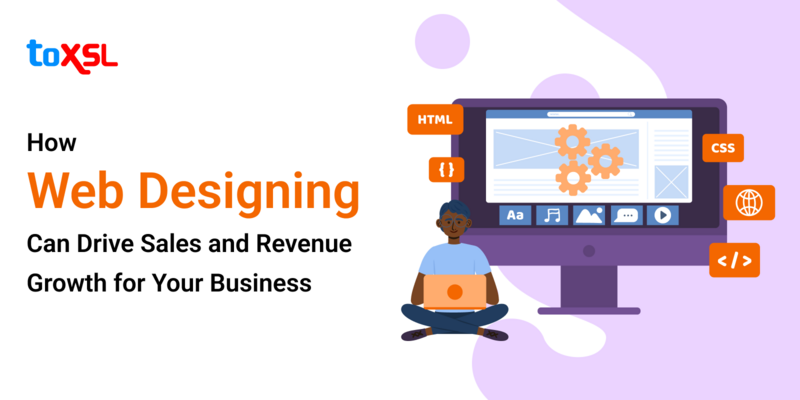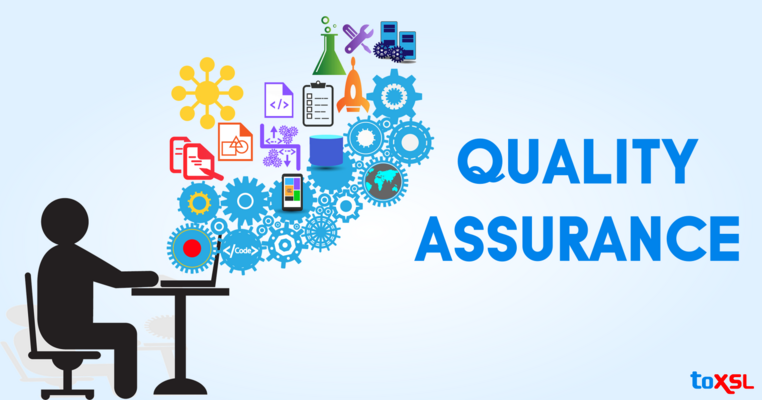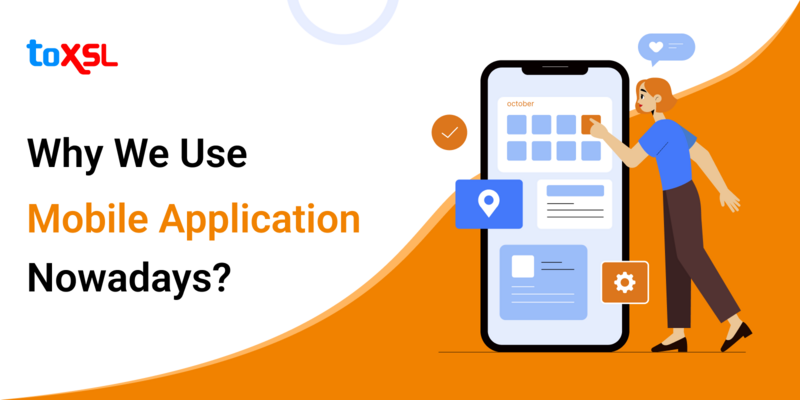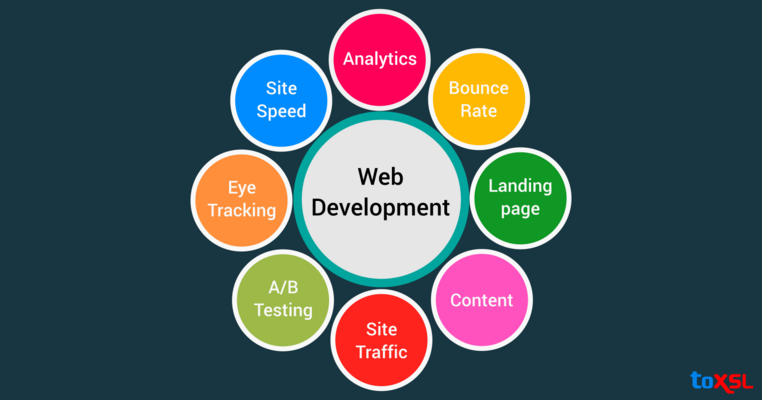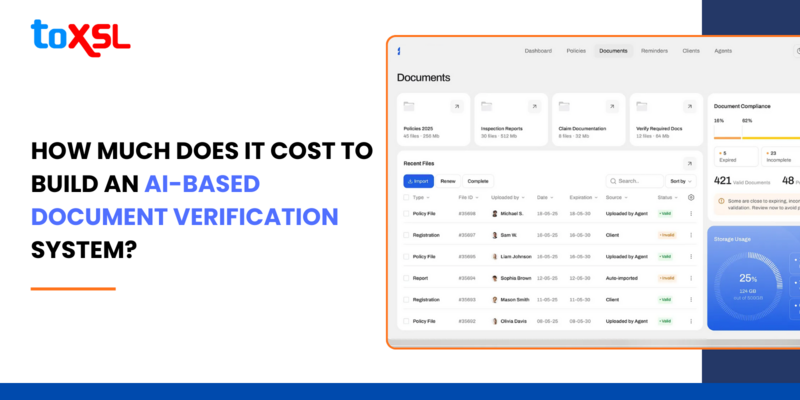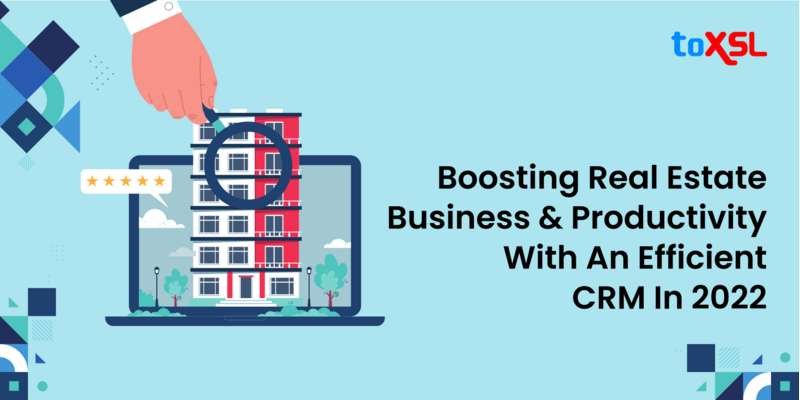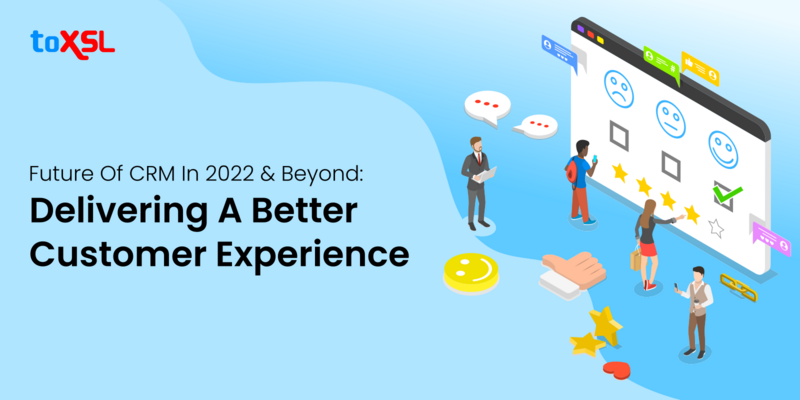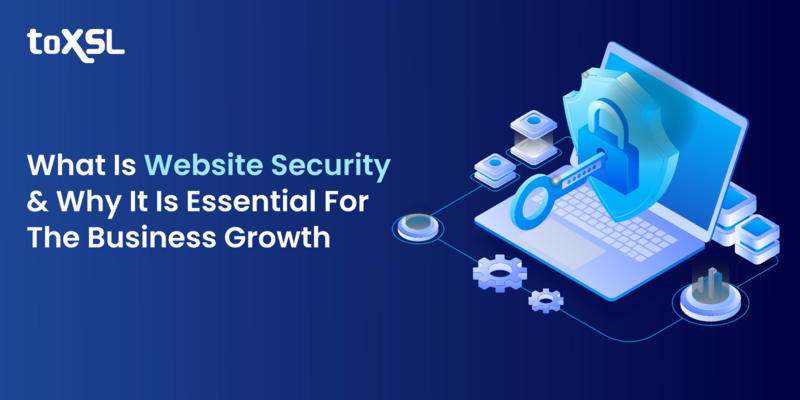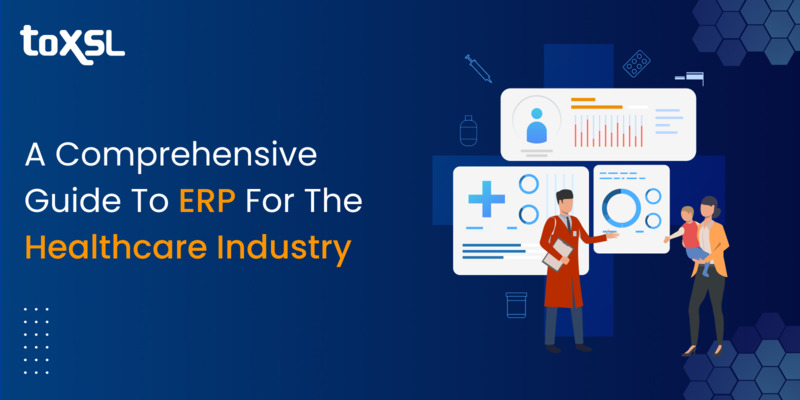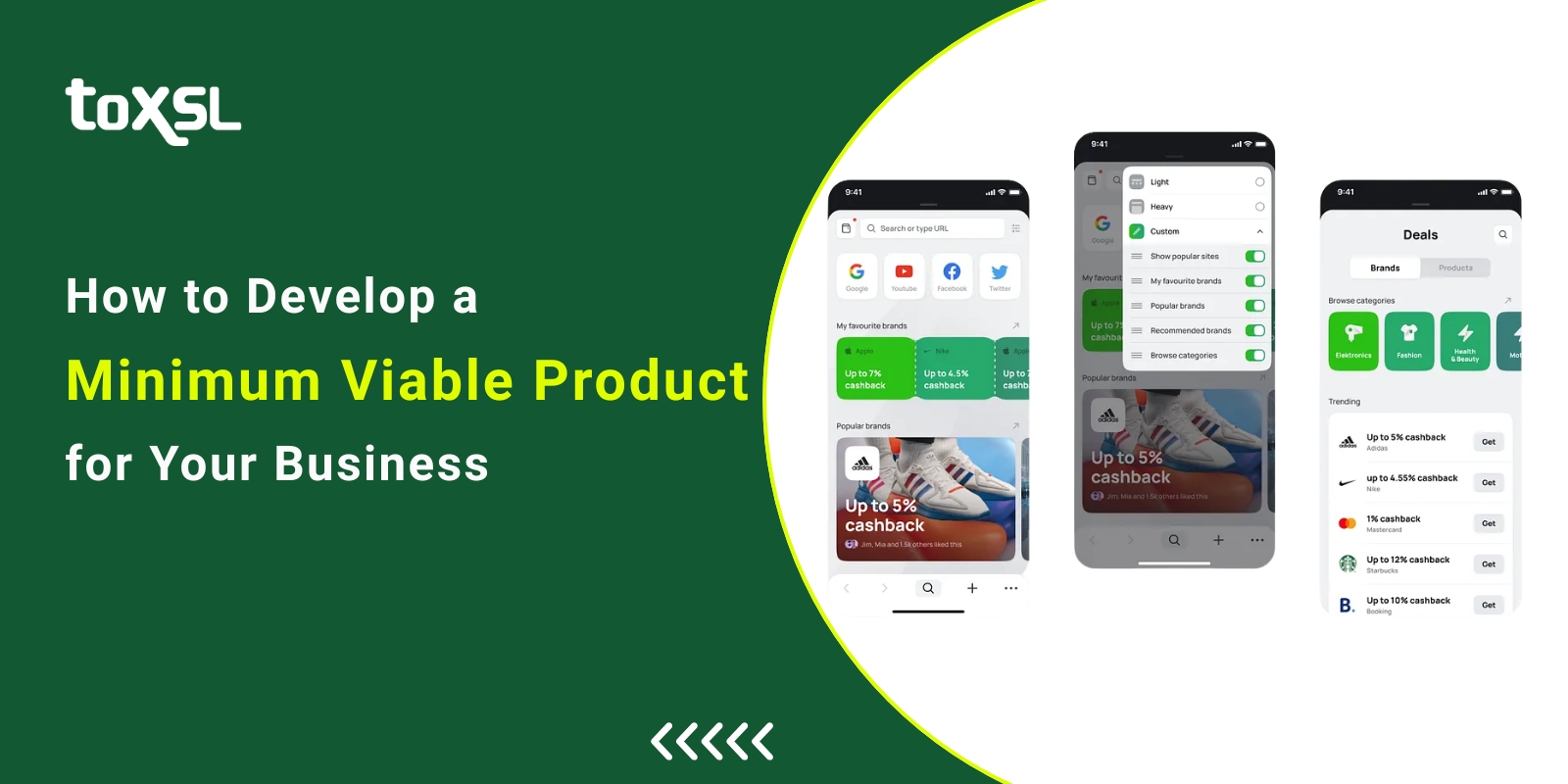
Launching a new product or service in today’s competitive market can be risky, time-consuming, and costly. Many startups fail not because their ideas are bad, but because they invest heavily without validating their assumptions. This is where a Minimum Viable Product (MVP) comes into play. Building an MVP allows businesses to test ideas quickly, reduce risk, gather feedback, and iterate towards a market-ready product efficiently.
In this blog, we’ll dive deep into how to build a Minimum Viable Product for your business, step by step, with practical strategies and tips.
Marketing Stats to Highlight the Importance of MVPs
90% of startups fail, and most fail due to building products that no one wants.
MVPs can reduce development costs by up to 70% by focusing only on essential features.
Faster time-to-market: Businesses that launch MVPs can validate ideas in weeks instead of months.
User feedback drives 60–70% of product iterations, ensuring the final product meets real customer needs.
Investing in MVPs increases the chances of product-market fit by 3x compared to building full-featured products upfront.
Key Takeaways
Validate Before You Build: Focus on testing the core idea instead of building a full product.
Prioritize Core Features: Keep your MVP lean; every feature should solve a real user problem.
Use Real Feedback to Improve: Collect qualitative and quantitative feedback to iterate and refine.
Reduce Costs and Risk: MVPs allow you to save money and avoid costly mistakes.
Faster Time-to-Market: Launch quickly, learn from users, and pivot as needed.
MVP Evolves Into Full Product: Start small, but scale smart by adding advanced features gradually.
Technology Matters: Choose the right stack and tools to speed up MVP development.
Measure Success: Track key metrics like engagement, retention, and conversions to guide decisions.
What is a Minimum Viable Product (MVP)?
A Minimum Viable Product is a basic version of your product that includes only the essential features required to solve a core problem for your target audience. The main goal of an MVP is to validate assumptions, test the market, and gather user feedback before committing significant time and resources to full-scale development.
Think of it as a learning tool. Instead of building the entire product upfront, an MVP helps you understand whether your idea resonates with users and if it has the potential to succeed.
Why Your Business Needs an MVP
Investing in an MVP offers multiple benefits:
Risk Reduction: Start small and test your concept without massive investment. This minimizes financial risks and reduces the chance of building a product no one wants.
Faster Time-to-Market: MVPs allow you to launch quickly and begin gathering real-world insights, giving you a competitive edge.
Cost Efficiency: By focusing only on essential features, you save significant development costs compared to building a full-fledged product upfront.
User-Centric Development: MVPs encourage collecting real user feedback, ensuring the product evolves according to customer needs and preferences.
Flexibility to Pivot: Insights from MVP testing can help businesses adjust their strategy, features, or target audience without wasting time or resources.
In essence, an MVP provides data-driven decision-making, allowing businesses to build products that customers genuinely want.
How to Develop a Minimum Viable Product
Launching a new product in today’s competitive business landscape can be challenging and risky. Many startups fail not because their ideas are bad, but because they invest heavily in building a product without validating market demand. This is where a Minimum Viable Product (MVP) comes into play. An MVP allows businesses to test their ideas quickly, reduce costs, gather feedback, and iterate effectively before committing to full-scale development.
Define Your Business Goal and Target Audience
Before building an MVP, you need to clarify what you want to achieve and who your product is for.
Identify the Problem: Understand the main problem your product aims to solve. Ask yourself: What pain point does my target audience face?
Define Your Audience: Narrow down your ideal users. A clear understanding of your target audience ensures your MVP focuses on solving the right problem.
Set Business Goals: Determine what success looks like. Are you testing demand, validating features, or evaluating pricing?
Tip: A clearly defined goal keeps your MVP focused and prevents feature bloat.
Conduct Market Research
Market research is critical for understanding whether your idea has a potential market. This step involves:
Competitor Analysis: Study competitors’ products to identify gaps in the market and opportunities for differentiation.
Customer Interviews and Surveys: Talk to potential users to learn their pain points and expectations.
Trend Analysis: Monitor industry trends to identify emerging needs or technologies.
Outcome: Market research helps you validate assumptions and prioritize features that solve real problems for your audience.
Define Core Features of Your MVP
The success of an MVP depends on focusing on essential features only.
Common MVP Features for Businesses:
MVP Feature | Description / Purpose |
|---|---|
User Registration & Login | Allows users to create accounts, sign in, and access the product securely. |
Core Functionality | The main feature that directly solves the user’s problem or fulfills the business idea. |
Dashboard / Home Screen | Simple interface to navigate and access key features. |
Payment Integration | Basic payment processing if the product involves transactions. |
Notifications / Alerts | Inform users about important updates or actions in the product. |
Feedback Mechanism | Collect user opinions, reviews, and suggestions for improvement. |
Search / Filtering | Allows users to easily find relevant content, products, or services. |
Basic Analytics / Tracking | Collect user activity and engagement data to guide decisions. |
Content Management | For apps or platforms with dynamic content, a basic CMS for updates. |
Security & Privacy | Essential measures to protect user data and maintain trust. |
Onboarding / Tutorial | Simple guidance for first-time users to understand core features. |
Integration with Third-Party APIs | Connect with necessary services like maps, email, or payment gateways. |
Responsive Design | Ensures the MVP works on desktop, tablet, and mobile devices. |
Minimal Branding / UI Design | Simple, functional design focusing on usability rather than full aesthetics. |
Basic Search Engine Optimization (SEO) | Helps the MVP get initial visibility on search engines if applicable. |
Example: If you’re building a food delivery app, the MVP may include user registration, restaurant listings, order placement, and payment processing. Advanced features like AI-based recommendations or loyalty programs can come later.
How Much Does it Cost to Develop an MVP?
MVP cost depends on the product complexity, platform, team, and development approach. Here’s a rough estimate:
| Type of MVP | Cost Range (USD) | Description |
|---|---|---|
| No-Code MVP | $1,000 – $5,000 | Built using no-code tools like Bubble or Glide; fast and low-cost. |
| Web-Based MVP | $5,000 – $20,000 | Developed using frameworks like React, Django, or Ruby on Rails. Suitable for early web startups. |
| Mobile MVP (iOS/Android) | $10,000 – $50,000 | Native or cross-platform apps using Flutter, React Native, Swift, or Kotlin. Cost depends on features and design complexity. |
| Advanced MVP with Backend | $20,000 – $100,000 | Includes custom backend, database, and integrations; suitable for SaaS platforms or marketplaces. |
Create User Stories and Flow
User stories describe how a user will interact with your product. They guide development and ensure your MVP meets user expectations.
Write User Stories: “As a [user], I want [feature] so that [benefit].”
Map User Flow: Visualize the user journey from start to finish. This helps you understand how users will interact with your MVP.
Simplify the Experience: Ensure the MVP is intuitive and easy to use. Complexity at this stage can confuse users and skew feedback.
Choose the Right Technology Stack
The success of your MVP largely depends on selecting the right technology stack. Here’s what to consider:
Speed and Scalability: Choose technologies that allow rapid development and can scale as your user base grows.
Cost Efficiency: Avoid expensive frameworks. Open-source and cloud-based solutions are often more cost-effective for an MVP.
Team Expertise: Select tools your team is comfortable with to prevent delays.
Integration Capabilities: Ensure the stack can easily integrate with third-party APIs, which might be essential later.
Popular MVP Technologies:
Web: React, Vue.js, Django, Ruby on Rails
Mobile: React Native, Flutter, Swift, Kotlin
Backend: Node.js, Python, PHP
Database: MySQL, PostgreSQL, Firebase
Build a Prototype
Before developing a full MVP, it’s useful to create a prototype to visualize the product and gather early feedback.
Low-Fidelity Prototype: Simple wireframes showing layout and structure. Tools: Figma, Balsamiq
High-Fidelity Prototype: Interactive design that looks like the actual product. Tools: Adobe XD, InVision
Test Internally: Get feedback from your team or trusted users before moving to development.
Prototyping saves time, reduces errors, and clarifies how the MVP should function.
Develop Your MVP
Now it’s time to turn your design into a working product. Key steps include:
Agile Development: Use Agile methodology to allow flexibility and continuous improvement.
Focus on Core Features: Implement only the must-have functionalities defined earlier.
Ensure Basic Quality: MVPs don’t need all features but should work reliably. Users won’t engage if the product is buggy.
Continuous Collaboration: Developers, designers, and stakeholders should communicate frequently for faster iterations.
Test Your MVP
Testing is essential to ensure the MVP meets user expectations. Consider:
Internal Testing: Check functionality, usability, and responsiveness.
Beta Testing: Release the MVP to a limited audience to gather feedback.
Usability Testing: Observe users interacting with the product to identify pain points.
Performance Metrics: Track KPIs like engagement rate, conversion rate, and retention.
Tip: Testing helps you make informed decisions before scaling the product.
Collect and Analyze Feedback
User feedback is the core purpose of an MVP. Methods include:
Surveys and Questionnaires: Ask targeted questions about usability and satisfaction.
Analytics Tools: Google Analytics, Mixpanel, or Hotjar to track user behavior.
Direct Interviews: Talk to users to gain qualitative insights.
Analyze feedback to understand what works, what doesn’t, and what features users truly value.
Iterate and Improve
Based on feedback, it’s time to refine and enhance your MVP:
Identify Key Insights: Focus on recurring issues or suggestions from users.
Prioritize Improvements: Decide which features or fixes will have the biggest impact.
Plan the Next Release: Add features gradually without overcomplicating the product.
Keep Testing: Iteration is ongoing until the product achieves product-market fit.
Scale Your MVP into a Full Product
Once your MVP is validated, you can confidently scale it into a full product:
Add Advanced Features: Introduce features that enhance user experience.
Optimize Performance: Ensure the product can handle more users and data.
Expand Market Reach: Launch marketing campaigns to attract a larger audience.
Monitor Metrics: Continuously track KPIs and iterate to stay competitive.
Common Mistakes to Avoid While Building an MVP
Building an MVP is a powerful approach, but many businesses stumble due to avoidable errors. Understanding and steering clear of these common mistakes can save time, money, and frustration while increasing your chances of success.
1. Overloading Features
One of the most frequent mistakes is trying to cram too many features into the MVP. The whole point of an MVP is to build just enough functionality to solve a core problem and validate your idea with minimal effort and resources.
Why it’s a problem:
Overloading features dilutes focus, extends development time, and complicates testing. It can confuse users and make it harder to determine which feature is actually driving value.Example:
Instead of building a social media app with messaging, photo editing, stories, live streaming, and an e-commerce store in your first release, focus on one primary feature—like sharing posts—and validate its reception.How to avoid:
Define your product’s core value proposition clearly. Use techniques like the MoSCoW method (Must-have, Should-have, Could-have, Won’t-have) to prioritize features strictly.
2. Ignoring User Feedback
Your MVP exists to learn from users, but ignoring or underestimating their feedback can be a fatal error.
Why it’s a problem:
Without user insights, you’re guessing whether your product truly meets needs or solves pain points. This can lead to building features no one wants or missing critical usability issues.Example:
Launching an MVP without feedback loops might cause you to miss that users struggle with a confusing sign-up process or find a key feature unnecessary.How to avoid:
Establish multiple feedback channels—surveys, interviews, analytics—and actively listen. Prioritize changes based on user impact, not internal opinions alone.
3. Skipping Market Research
Failing to understand your target audience and market landscape before building can doom an MVP from the start.
Why it’s a problem:
You risk developing a product that doesn’t address a real problem or enters an already saturated market with no differentiation.Example:
A startup launching a ride-sharing MVP in a city where major players dominate without a unique value proposition may struggle to gain traction.How to avoid:
Conduct thorough market research including competitor analysis, customer interviews, and trend observation. Validate that your problem is real, urgent, and underserved.
4. Rushing Development at the Expense of Quality
While speed is a key advantage of MVPs, rushing to launch a broken or unstable product can backfire.
Why it’s a problem:
Users encountering bugs, crashes, or poor performance will abandon the product and give negative reviews, hurting future growth.Example:
An e-commerce MVP that frequently crashes during checkout will lose customers and damage credibility.How to avoid:
Invest in basic quality assurance—testing, bug fixes, and performance optimization—even if it means delaying launch slightly. Aim for “minimum viable quality”.
5. Not Defining Success Metrics
Without clearly defined KPIs (Key Performance Indicators), you won’t know if your MVP is achieving its goals or where to focus improvements.
Why it’s a problem:
Lack of measurable goals means decision-making becomes guesswork. You might iterate on the wrong features or miss signs that the product needs a pivot.Example:
Launching an app without tracking engagement rates or retention means you can’t tell if users find lasting value.How to avoid:
Define success metrics early—such as activation rate, user retention, customer acquisition cost, or conversion rate. Use KPI dashboard software to collect, visualize, and analyze these KPIs consistently, helping teams make data-driven decisions and track progress toward business goals in real time.
Examples of Successful MVPs
Company | MVP Description | Core Features in MVP | Outcome |
|---|---|---|---|
Airbnb | Started as “AirBed & Breakfast” website to rent air mattresses. | Listing rentals, booking functionality | Became a global platform with billions in revenue. |
Dropbox | Used an explainer video to show file syncing before full product development. | Demo video explaining product, email signup for interest | Validated demand; attracted early users before coding full product. |
Spotify | Launched a basic desktop app to test music streaming demand. | Music streaming, search, playlist creation | Gained initial users; scaled to global music streaming leader. |
Buffer | Landing page MVP to test interest in social media scheduling. | Signup, basic description of features | Validated market demand; built full product based on user feedback. |
Zappos | Posted local store shoe photos online and shipped them on order. | Product listing, order processing | Tested market for online shoe sales; eventually became e-commerce giant. |
Instagram | Started as “Burbn,” stripped down to photo sharing and filters. | Photo upload, likes, filters | Pivoted to Instagram; grew into a social media giant. |
Essential Tools for MVP Development
Category | Recommended Tools |
|---|---|
Prototyping | Figma, Balsamiq, Adobe XD |
Development | React, Vue.js, Node.js, Flutter |
Project Management | Trello, Jira, Asana |
Analytics | Google Analytics, Mixpanel, Hotjar |
Feedback Collection | Typeform, Google Forms, Lookback |
Team Collaboration | Slack, Notion, Zoom |
Conclusion
Building a Minimum Viable Product (MVP) for your business is a strategic approach to test your ideas, save resources, and validate your assumptions before investing heavily. By following the steps outlined above from defining goals, conducting research, building a prototype, developing the MVP, to testing, collecting feedback, iterating, and scaling—you can increase the chances of launching a successful product.
Remember, an MVP is not about perfection—it’s about learning quickly, improving iteratively, and delivering real value to your customers. Businesses that master MVP development can reduce risk, accelerate growth, and stay ahead of the competition.
Start small, think lean, and build smart. Your next big success could start with a ToXSL Technologies.
FAQs About Building an MVP
1. How long does it take to build an MVP for a business?
The timeline depends on the product complexity and team size. Simple MVPs can take 4–8 weeks, while more complex ones may require 3–6 months. The key is to focus on core features first.
2. What is the difference between MVP and a prototype?
A prototype is a visual representation of the product, often non-functional. An MVP is a working version with essential features that users can interact with to provide feedback.
3. Can an MVP be launched without coding?
Yes. No-code platforms like Bubble, Adalo, or Glide allow businesses to build functional MVPs without extensive coding knowledge.
4. How do you measure the success of an MVP?
Success is measured using metrics like user engagement, retention rate, conversion rate, and qualitative feedback. These insights guide improvements and scaling decisions.
5. Should MVPs be used only by startups?
No. MVPs are valuable for startups and established businesses launching new products or exploring new markets. It helps minimize risk and optimize resources for any organization.




